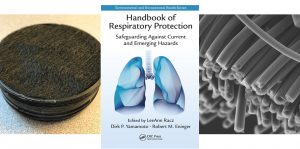Humphrey CP (2022). Phosphate Treatment by Five Onsite Wastewater Systems in a Nutrient Sensitive Watershed. Earth 3: 683–698. doi:10.3390/earth3020039
Abstract
Excess phosphate (P) loading to surface waters increases productivity sometimes causing an imbalance leading to eutrophication and water quality degradation. Wastewater contains elevated concentrations of P and other contaminants that pose threats to environmental health. Onsite wastewater systems (OWS) are used in many rural areas, but most are not monitored for P removal effectiveness. The goal of this research was to gain a better understanding of the P treatment efficiency of OWS in a nutrient-sensitive watershed. Groundwater monitoring infrastructure, including networks of wells and piezometers, was installed at five sites with OWS in coastal North Carolina. Groundwater samples from the piezometers and wastewater samples from the septic tanks were collected and analyzed for phosphate and physicochemical parameters. Results suggest that significant reductions in P concentrations (79.7 to 99.1%) were occurring in the soil immediately beneath the drainfield trenches, but P concentrations in groundwater near the OWS and more than 35 downgradient were alike and significantly elevated relative to background concentrations. OWS in areas with sandy soils such as the Hoods Creek watershed may be sources of P to groundwater and surface water. Nutrient management policies in watersheds with sandy soils should include provisions for assessing and reducing P contributions from OWS to surface waters.




